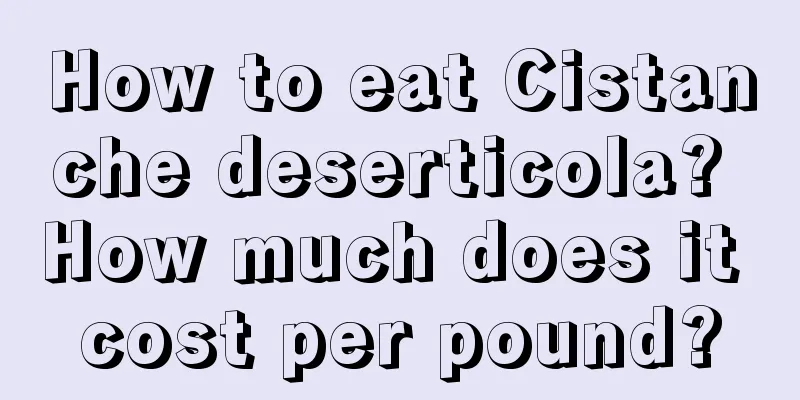Tips for fertilizing flowers

Types of FertilizationOrganic fertilizerIt is a complete fertilizer, also known as farmyard manure in China, a type of fertilizer made from natural organic matter decomposed or fermented by microorganisms. For example, green manure, human feces and urine, manure, compost, fermented manure, biogas fertilizer and waste fertilizer. It not only contains nitrogen and phosphorus, the three important elements required for flower growth, but also trace elements and growth stimulants, which play an important role in promoting their growth. At the same time, the application of organic fertilizer can also improve soil structure and increase soil water retention capacity. Therefore, more organic fertilizer should be applied. Inorganic fertilizersMineral fertilizer, also called chemical fertilizer, is made by chemical synthesis or processing of natural ores. Fertilizers mainly in the form of inorganic salts. The nitrogen, phosphorus, potassium and other nutrients it contains are all in the form of inorganic compounds. It has a fast fertilizer effect and is mostly used as foliar spray fertilizer. Fertilizer selection for flowersFor foliage plants, apply nitrogen-based fertilizer 1-2 times during the growing season. For flowers that are mainly for viewing, nitrogen fertilizer should be applied as the main fertilizer when they are sprouting branches and leaves, once every ten days. When the flower buds are differentiating and forming buds to the growth stage before flowering, phosphorus fertilizer should be applied as the main fertilizer, nitrogen-phosphorus combined fertilizer 1-2 times. Fertilization methodbase fertilizerMixing organic fertilizer, bone meal, superphosphate, etc. directly into the culture soil is called base fertilizer. Do not add too much. Organic fertilizer should not exceed 10% of the culture soil, and inorganic fertilizer should not exceed 1%. top dressingDuring the growth and development period of flowers, fertilizer applied according to different needs is called top dressing. Its concentration is very low, such as urea, diamine, etc., which need to be dissolved by adding 100-1000 times water. The clarified organic fertilizer liquid should be diluted with water more than 10 times before use. Foliar FertilizationAlso known as foliar fertilization. Use a sprayer to spray liquid fertilizer onto the leaves. The fertilizer dissolved in water enters the plant directly through the stomata and cuticle of the leaves. This is called foliar fertilization. |
<<: 15 flower-growing tips that flower growers must know!
>>: Growing flowers also depends on "the right time, the right place and the right people"
Recommend
How to sow kale
1. Sowing steps 1. Time: The most suitable time f...
Rose grafting method
The best time to graft roses is in spring and aut...
Why do we need to cover corn with plastic film when growing it (covering corn with plastic film can increase the yield of corn)
The benefits and methods of film covering for cor...
Time and method of cuttings of Chlorophytum comosum
Goldfish Chlorophytum cutting time If you want to...
Use this for cuttings, 100% rooting! It’s so easy!
Use these things to make cuttings 1. Fish tank bo...
The difference between Osmanthus fragrans and Osmanthus sinensis
1. Differences between tree trunks Osmanthus frag...
How long does it take for Phalaenopsis to bloom? How long does it take for Phalaenopsis seedlings to bloom?
How long does it take for Phalaenopsis to bloom? ...
When does Lithops bloom?
How long does it take for it to bloom? Generally,...
The breeding methods and precautions of Chinese giant thorn
1. Soil It is best to use well-drained, fertile a...
Osmanthus cultivation and Feng Shui knowledge
Cultivation method of osmanthus Osmanthus prefers...
How to propagate Oncidium
Propagation by division Oncidium is a compound-st...
When is the right time to sow cotton?
Cotton sowing time Cotton is an annual plant of t...
How and when to grow asparagus
Asparagus is a perennial plant and once mature, i...
Camellia Care Tips
Camellia is famous for its shiny green leaves and...
How to care for Jianlan in winter
Is Jianlan afraid of cold? Jianlan is not afraid ...









